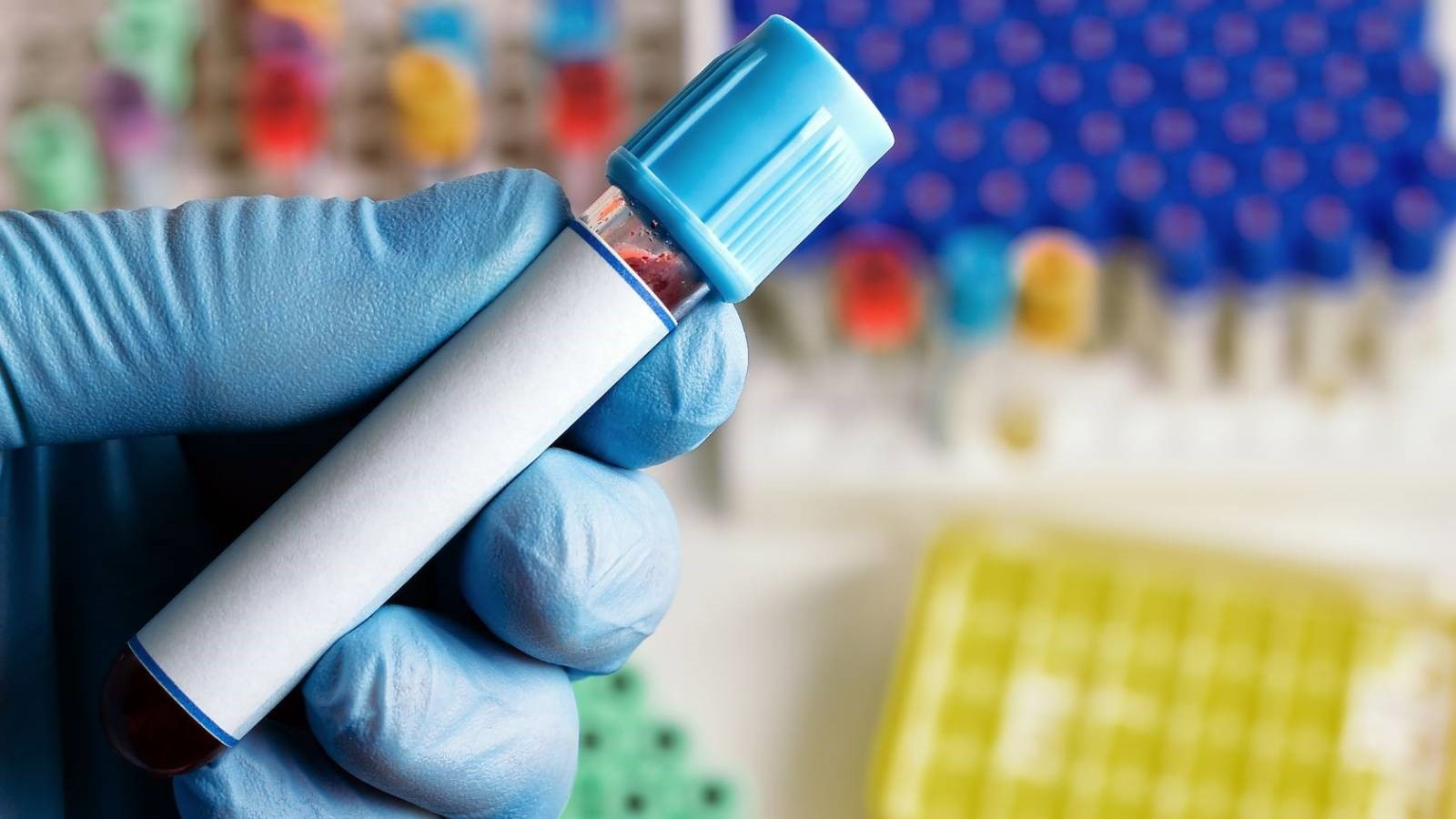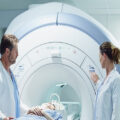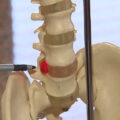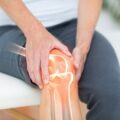Orthokine Therapy
Orthokine Therapy is usually prescribed for arthritis treatment. It is a highly valuable and effective therapy for people who suffer from knee, hip, ankle and shoulder pain. In addition because of its painkiller and anti-inflammatory characteristics, Orthokine can be used for treatment of tendons and injured muscles as well.
In this method, a serum obtained from the patient’s blood will be used. This serum contains active proteins namely as interleukin receiver antagonists (IL-1Ra) which cause pain and inflammation relief in injured tissues. It is worthy of mentioning that interleukin method is not an aggressive therapy and hence doesn’t require external materials.
Basis of Orthokine Therapy
Orthokine therapy is based on biological factors, Osteoarthritis, and inflammation. Many biological and medical studies have shown that a protein named as Interleukin (IL-1) is the cause of joint diseases. This protein commences the inflammation process and causes pain and injury to the tissues. IL-1Ra which is used in Orthokine therapy inhibits IL-1 and so reduces pain and inflammation.
Features of Orthokine therapy:
Making use of patient’s messenger proteins
Having a thoroughly biological process
Making use of patient’s blood serum possessing anti-inflammatory traits
The difference between Orthokine and PRP in treatment arthritis and sports injuries:
Orthokine is usually mistaken for PRP, and this mistaking is usually sourced from the belief that in both therapies blood serum is injected in the painful spot.
However Orthokine is completely different from PRP since in Orthokine the patient’s blood is warmed up in an incubator prior to being put in a centrifuge for increasing the density of anti-inflammatory proteins instead of platelets. In addition, in Orthokine therapy not only the focus is not on mechanical problems in joints, but also it is believed that inflammation must be treated as a cause of tissue damage, and therefore Orthokine therapy heals inflammation.
PRP is not effective on treatment of arthritis and torn meniscus cases at all.
In both Orthokine and PRP therapies, blood is taken from the patient, however for PRP, the blood’s inflammatory protein is taken while in Orthokine the blood’s anti-inflammatory protein is taken and therefore it is obvious that it would not be possible to implement a mix of these therapies.
Answers to frequently asked questions of arthritis patents regarding Orthokine therapy:
- Is Orthokine therapy certified by the association of food and drugs?
Yes, Orthokine therapy is certified by Iran’s association of food and drugs and has Europe CE as well.
- How durable Orthokine therapy is? And for how long the arthritis patient will be pain free after getting it?
Orthokine therapy’s effects last for 24 to 36 months, however it also depends on the lifestyle of the arthritis patient and his/her physics as well. If the required avoidances are adhered to, the effects will last longer. The point worthy of mentioning is that after this period arthritis patients can get back to their normal pain free life again with a simple injection.
- Is Orthokine therapy completed in one session?
It depends on the patient’s arthritis grade and the opinion of the physician
- Would it be possible to undertake routine daily chores after getting Orthokine treatment?
Yes, after getting the treatment the patients can do their daily chores only if they adhere to the instructions given to them by their physicians regarding proper manner of movements.
- What are the side effects of Orthokine therapy?
Orthokine therapy is a thoroughly biological method and therefore is not followed by any side effects







